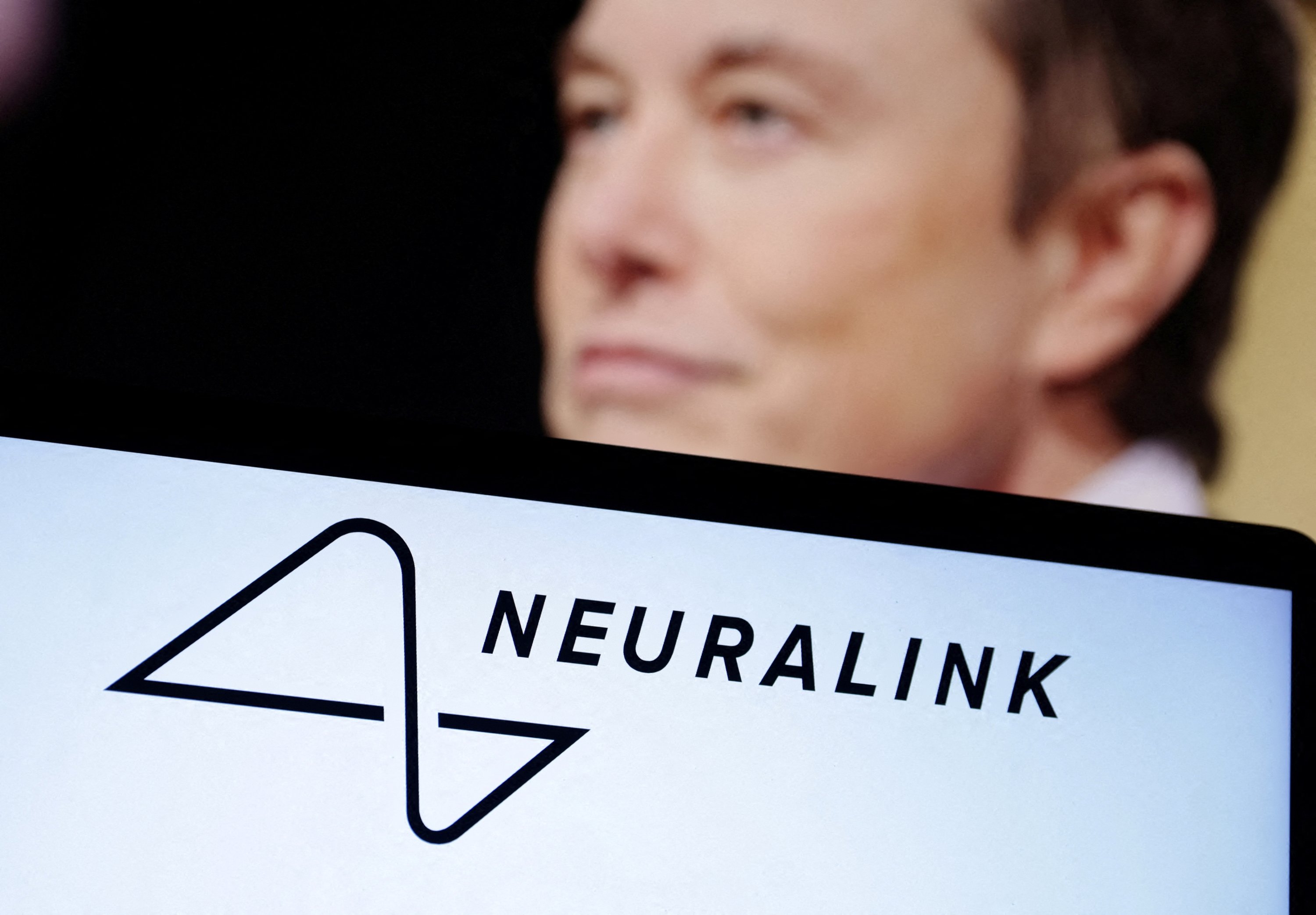What is Neuralink? A Deep Dive into Elon Musk’s Neurotechnology Venture
Neuralink Corporation is a neurotechnology company founded by Elon Musk in 2016 with the aim of creating implantable brain–machine interfaces (BMIs). The company’s ambitious mission is to enable direct communication between the human brain and external devices, paving the way for revolutionary breakthroughs in neurology, medicine, and artificial intelligence.
By developing ultra-high bandwidth interfaces, Neuralink seeks to merge human intelligence with AI, opening the doors to a future where thoughts can control devices, restore lost sensory functions, and even potentially upload memories.
How Neuralink Technology Works

At the heart of Neuralink’s innovation is a surgically implanted device known as the Link. This coin-sized chip is embedded into the skull and connected to the brain via ultra-fine threads, thinner than a human hair. These threads are capable of recording and stimulating neurons across the cerebral cortex.
Core Components of Neuralink’s System:
-
The Link Device: Implanted behind the ear or in the skull, it contains sensors, a battery, and Bluetooth communication hardware.
-
Neural Threads: Flexible electrode threads that detect brain activity and transmit data.
-
Surgical Robot: A highly advanced robotic system that performs the delicate implantation procedure with minimal invasion.
By decoding neural signals and translating them into commands, Neuralink allows external devices such as prosthetic limbs, keyboards, or even smartphones to be controlled through thought alone.
Applications of Neuralink: Changing Lives Across Fields
Medical Breakthroughs
One of Neuralink’s primary goals is to provide solutions for people suffering from neurological disorders. The technology promises to restore motor function, treat paralysis, blindness, depression, Parkinson’s disease, epilepsy, and even Alzheimer’s.
Paralyzed individuals, for example, may regain mobility and communication abilities via digital interfaces. In one of Neuralink’s most publicized demonstrations, a monkey named Pager successfully played Pong using only his brain activity—an early but compelling indication of future potential.
Cognitive Enhancement
Beyond treating diseases, Neuralink aims to enhance human cognition. In theory, such brain-machine symbiosis could allow humans to compete with advanced AI by expanding our memory, attention, and learning capacity.
Direct Brain-to-Device Communication
Imagine typing an email or browsing the internet with just your thoughts. Neuralink proposes a world where users can interact with digital environments seamlessly, without keyboards, mice, or voice commands. This has profound implications for virtual reality (VR), augmented reality (AR), and metaverse technologies.
The Surgical Procedure: Minimally Invasive and Robot-Assisted

Implanting Neuralink’s device involves a robot-assisted surgical procedure. The robot, developed in-house by Neuralink, is designed to avoid blood vessels and precisely place the threads into specific regions of the brain. The procedure is intended to be outpatient, requiring no general anesthesia, and designed for quick recovery.
Safety and Reliability
The company emphasizes biocompatibility, minimally invasive techniques, and wireless communication to ensure user safety. The Link’s hardware includes fail-safes and software encryption, ensuring both physical safety and cybersecurity.
Regulatory Milestones and Clinical Trials
Neuralink has recently received FDA approval for human clinical trials, a major milestone in validating the safety and effectiveness of the technology. The first human trials are focusing on patients with severe spinal cord injuries, testing their ability to control external devices through thought alone.
The success of these trials will be pivotal in determining the viability of broader medical and consumer applications.
Neuralink vs. Other Brain-Machine Interface Technologies
While other companies and research labs—such as Synchron, Blackrock Neurotech, and academic institutions—are also developing brain-computer interfaces, Neuralink’s approach stands out for several reasons:
-
Higher data transfer rates
-
Minimally invasive robotic surgery
-
Wireless design
-
Commercial scalability
-
Visionary leadership under Elon Musk
Neuralink’s emphasis on scalability and human enhancement, rather than just medical applications, gives it a unique place in the BMI space.
Ethical and Philosophical Implications

The rise of brain-machine interfaces raises pressing ethical questions. Who owns your brain data? What happens if a device is hacked? Could cognitive inequality deepen between enhanced and non-enhanced humans?
Neuralink is aware of these concerns and promotes transparency, ethical oversight, and data privacy. However, as the technology develops, regulatory frameworks and public discourse must evolve to keep pace.
The Future of Neuralink: Where Do We Go From Here?
Neuralink envisions a future where brain implants are as common and accepted as smartphones or pacemakers. In the coming years, we may see:
-
Expanded clinical use in treating a wide array of neurological disorders.
-
Consumer applications enabling seamless digital interaction.
-
Human-AI integration, closing the feedback loop between biology and artificial intelligence.
-
Memory storage and transfer, potentially changing how we perceive consciousness and identity.
Long-Term Vision: Human-AI Symbiosis
Elon Musk’s long-term vision for Neuralink is to create a symbiotic relationship between humans and artificial intelligence, preventing a future where AI surpasses human intelligence without oversight. By enhancing our cognitive abilities and interfacing directly with machines, humanity may retain control in an increasingly automated world.
Conclusion: Neuralink’s Place in the Techno-Biological Evolution
Neuralink represents one of the most transformative innovations in modern science and technology. By bridging the gap between the brain and digital systems, Neuralink has the potential to not only cure diseases but also redefine the boundaries of human capability.
As regulatory approvals advance and public perception evolves, Neuralink may well become the foundation of the next leap in human evolution—a future where thoughts control machines and biology blends with bytes.

